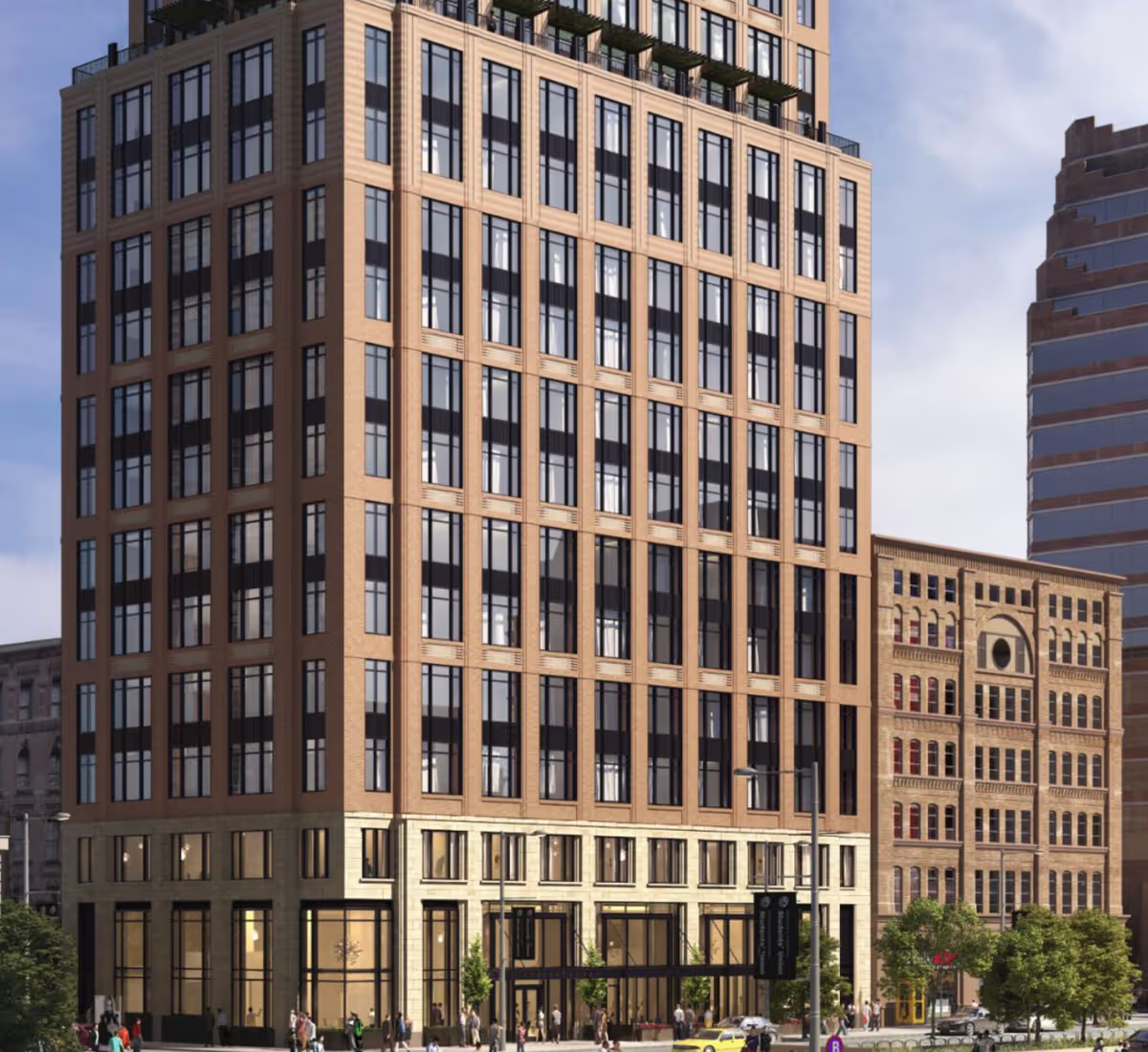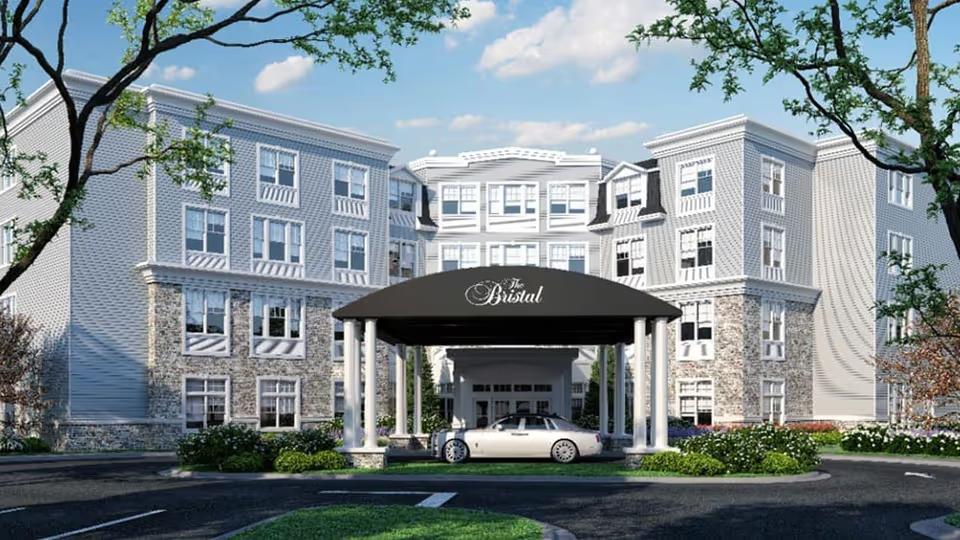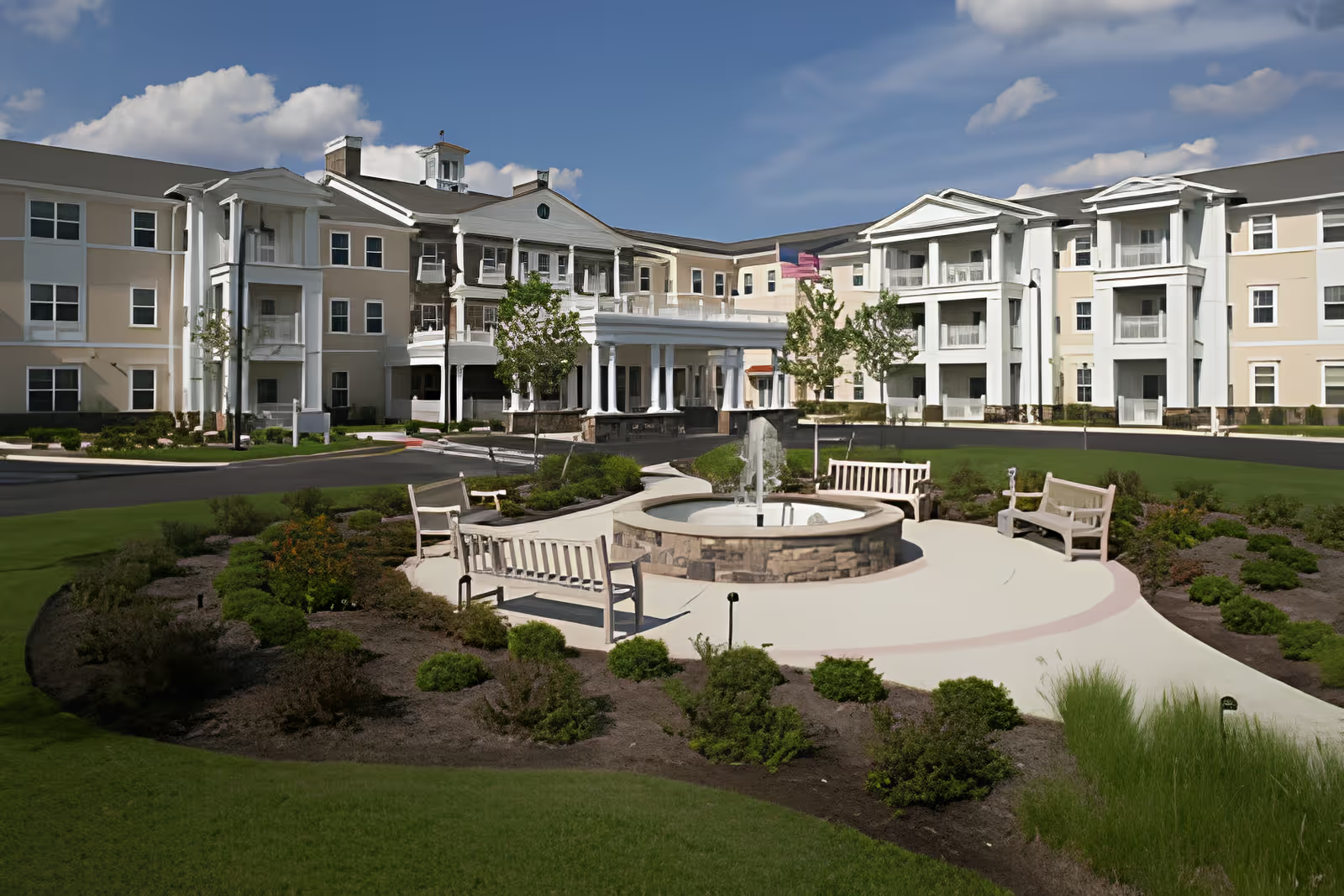Overall sentiment is mixed and polarized: several reviews describe Hughes Health & Rehabilitation as staffed by caring, skilled, and long-tenured clinicians who deliver excellent therapy and nursing care, while a sizable number of reviews report serious problems with responsiveness, cleanliness, facility condition, and inconsistent caregiver behavior. The most commonly praised elements are the therapists and certain nursing staff, continuity of care due to low turnover, and instances where administrators and teams were responsive and improved a patient’s condition. Multiple families reported peace of mind and clear clinical benefit from physical therapy and attentive staff, and some visitors described a warm, cozy atmosphere and attractive architecture.
Care quality and staffing present a split picture. Many reviewers explicitly praise therapists, nurses, and long-term caregivers for compassionate, respectful care and teamwork. These positive reports mention improved patient mobility, dedicated staff who "deserve raises," and continuity that helps families feel secure. Conversely, a recurring negative theme is uneven caregiver performance: reviewers cite mixed aides, lazy or inattentive staff, rough or rude agency evening staff, and at least one nurse expressing burnout and desire to quit. This inconsistency contributes to unpredictable experiences—some residents receive excellent, attentive care while others experience neglect or poor interactions.
Response times and basic assistance are significant concerns. Several reviews report delayed call-button responses and long waits for bathroom assistance; missed assistance and situations where family members had to fetch wheelchairs or perform tasks themselves were described. These delays tie directly to reports of embarrassment and dignity issues for residents, and in one account an alarm and vomiting related to an apparent stomach bug raised infection-control and safety concerns. Such delays and apparent gaps in routine assistance were among the most frequent concrete complaints.
Facility condition, cleanliness, and hygiene are another major cluster of issues. Many reviewers call the building old, outdated, dark, or dreary and suggest that rooms and decor need updating to create a brighter, more welcoming environment. Cleanliness concerns range from foul odors in hallways and fruit flies in dining areas to outright descriptions of filth and "appalling conditions." Equipment failures (such as falling-apart wheelchairs), visible mess, and reports of vomiting and possible outbreaks compound the impression for some families that hygiene and maintenance are not consistently prioritized.
Dining and activities receive mixed notes. Multiple reviews describe the food as bland or terrible, though others remark on a bright dining area with large round tables and holiday celebrations that create positive social opportunities. One reviewer suggested grouping residents by cognitive level to reduce depression, indicating perceived variation in activity programming and social support. Visitors noted liberal visiting hours and certain social touches, but food quality and activity consistency appear to be weaker areas.
Management and administration also show mixed impressions. Some reviewers praise administrators for being willing to help and for implementing improvements (for example, a new check-in system that improved efficiency). Yet other reviewers express advocacy concerns and warn strongly against sending loved ones to the facility, reporting that staff became unfriendly after an initial pleasant impression and that escalation was required to address problems. These contrasting reports suggest variability in managerial responsiveness and in how consistently policies are enforced across shifts, especially with agency or evening staff.
Patterns and takeaways: reviews cluster into two broad experiences—families who encounter engaged, experienced, and effective staff and who see real clinical improvement, and families who encounter slow responses, cleanliness problems, outdated facilities, or inattentive/rough aides. The most actionable and frequently mentioned shortcomings are slow call-button response and bathroom assistance delays, inconsistent aide quality (including agency staff issues), and facility hygiene/maintenance problems. Commonly suggested improvements within the reviews include updating rooms and decor, improving cleanliness and equipment maintenance, speeding up response times, and optimizing activities or grouping to reduce resident depression.
In summary, Hughes Health & Rehabilitation appears to have core strengths in clinical staff (therapists and some nursing teams) and continuity from long-tenured employees, but also faces serious, repeated complaints around responsiveness, cleanliness, facility condition, and inconsistent caregiver behavior. Prospective residents and families are likely to experience highly variable care depending on unit, shift, and staff on duty; some will find the facility compassionate and effective, while others report neglect and unacceptable conditions. Addressing response-time protocols, maintenance and cleanliness standards, and staffing consistency (especially agency staff) would be the clearest priorities suggested by the pattern of reviews.







